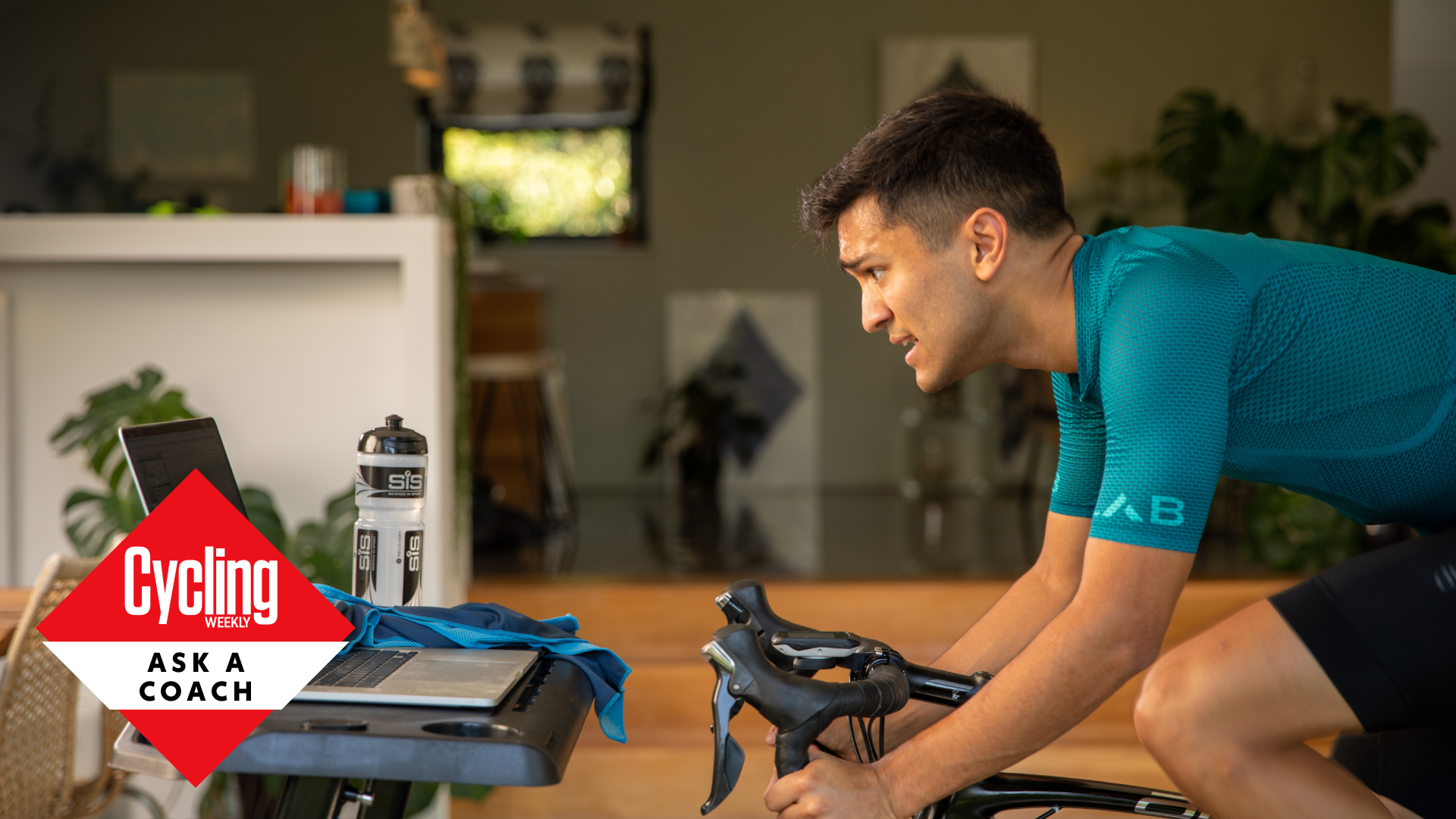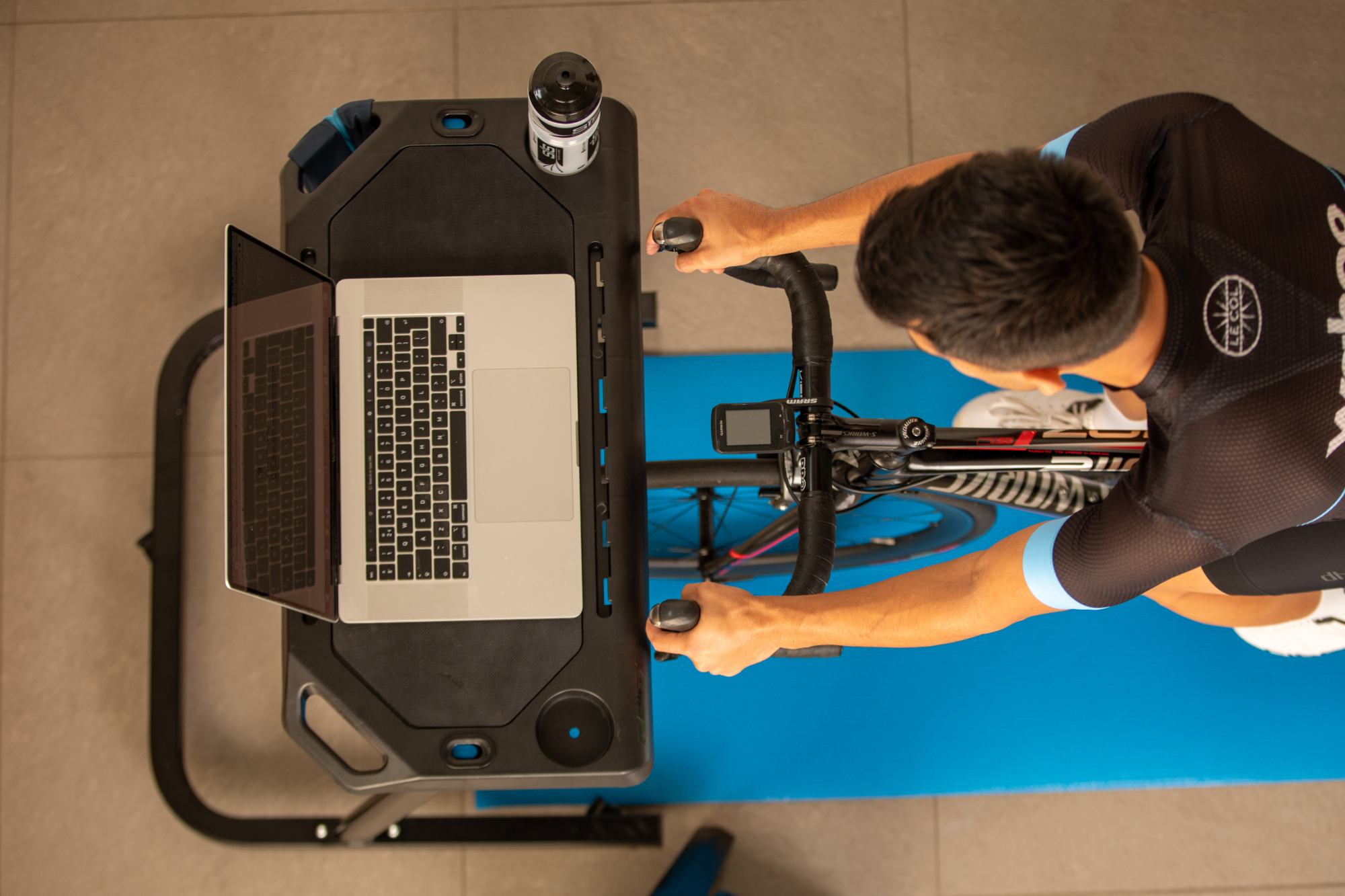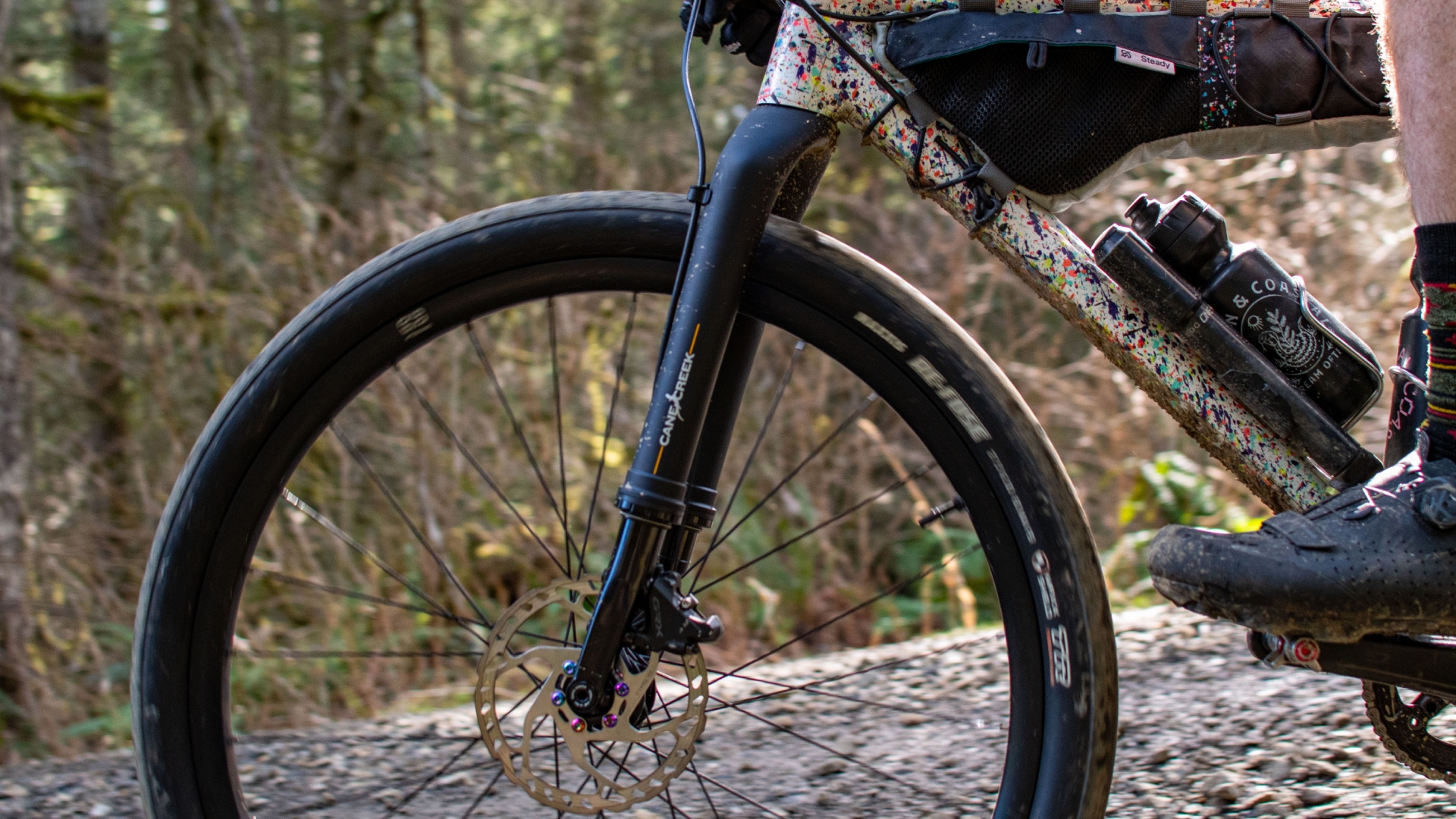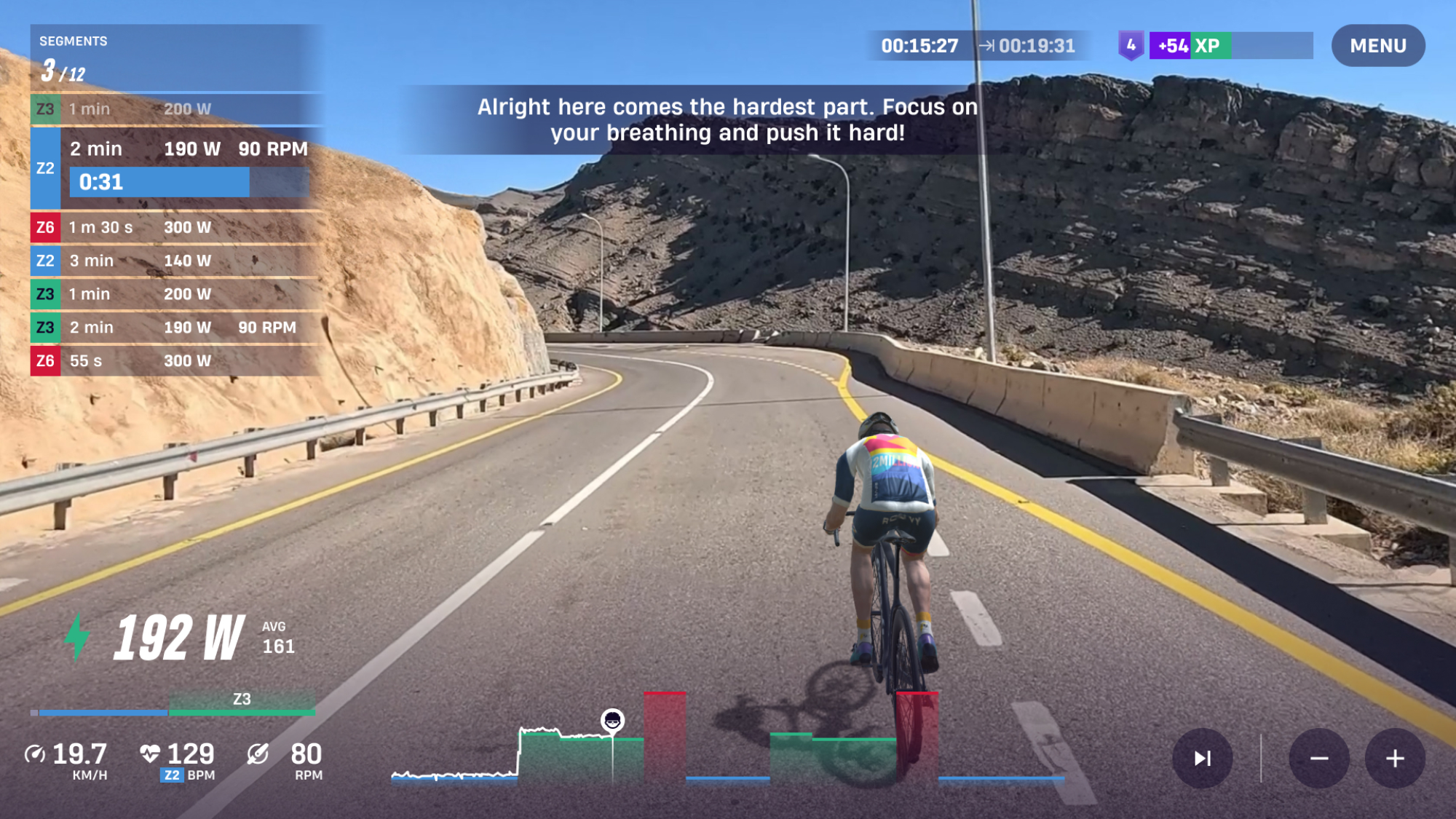Ask a coach: 'What are the most effective workouts for raising FTP?'
A variety of factors determine the maximum power you can put out for an hour - we take you through how to improve each in turn


For those of you that read my columns, you have probably guessed by now that I typically use Critical Power (CP) rather than Functional Threshold Power (FTP) as a measure of ‘threshold’ power. And while that the pros and cons of those two concepts is a discussion for another day, ultimately they are both measures of sustainable aerobic performance.
That ability to produce a long of watts for a long period of time is crucial in endurance.
Before we dig into how to improve it, a good starting point is an understanding of the determinants of FTP/CP.
CP = VO2 max X Sustainable % of VO2 max X Efficiency
In other words, sustainable aerobic performance is made up of maximal aerobic capacity, the percentage of maximal aerobic capacity you can sustain and how efficient you are at converting the power produced internally to power at the pedal.
Improve any of these three things are you will improve your FTP/CP. Let's look at them in turn...

Sports scientist and coach James Spragg is one of the experts who will be answering your questions in Cycling Weekly's ASK A CYCLING COACH series which comes out every Wednesday. Working both in research and applied settings, he currently runs Intercept Performance Consultancy.
VO2 max
VO2 max is a measure of how much oxygen you can breath in and use in a given period of time (typically a minute). It is determined by what we call the ‘Fick equation’ – cardiac output x how much oxygen is extracted and used in the muscles. Again, improve either of these components and your VO2 max will improve.
Get The Leadout Newsletter
The latest race content, interviews, features, reviews and expert buying guides, direct to your inbox!
Cardiac output responds nicely to high-intensity exercise. Typically, those exercises whereby you sustain your maximum heart rate for a longish period of time, around 3-5mins.
However, the amount of oxygen you can extract from the blood responds much better to long slow endurance work. The reason for this is that it is the duration rather than the intensity of exercise that mitigates something called capillarization. Capillarization refers to the number of small blood vessels in the muscles; more blood vessel means you can get more oxygen out of the bloodstream and into more of the muscle.
So VO2 max can be improved in a number of ways both with high and low intensity and long and short durations!
Sustainable % of VO2 max

To my knowledge, there isn’t a lot of scientific evidence that links certain types of exercise with an increase in sustainable % of VO2 max (fellow physiologists feel free to comment below!). However, typically better athletes can sustain higher percentages for longer. In my experience, these athletes are almost always doing some training below and some training above their FTP/CP.
Therefore, anecdotally, this might be a good way to increase % sustainable of VO2 max – this is where an Unders/Overs cycling workout might be useful but its also likely that just years of balancing high intensity interval workouts and long endurance training help improve this determinant of performance.
Efficiency
When we exercise only about 20-25% of the energy produced gets transferred to the pedals – the rest is lost in heat! This is why it's so easy to get hot when cycling. Because we actually do produce a lot of energy when exercising small changes in exercise efficiency can have a big impact on performance. For example, for a professional cyclist, a 1% improvement can equate to almost an extra 20w on their FPT/CP.
Exercise efficiency is multi-faceted, from how effectively the mitochondria in the muscles work, to how well the muscles are activated by the brain, to how good your biomechanics are at translating muscle force and driving the pedals around. Because it's such a complex process when we want to improve it we typically get athletes to do a lot of volume
Summing up
As we have seen there are different components that come together to make up your FTP/CP and those components can all be trained in different ways. Which training stimulus you, personally, respond best to and where your strengths and weaknesses lie will determine which type of training is best to improve your FTP/CP.
There is no one magic bullet. However, what I will say is that all athletes need a mix of intensity and volume in their cycling training plan. The exact mix is individual but I have never seen an athlete maximise their performance using only intensity or volume of work. My advice is to experiment, see what works best for you and don’t get distracted by what others are doing.

Thank you for reading 20 articles this month* Join now for unlimited access
Enjoy your first month for just £1 / $1 / €1
*Read 5 free articles per month without a subscription

Join now for unlimited access
Try first month for just £1 / $1 / €1
James Spragg is a sports scientist and coach, working both in research and applied settings. When not working with athletes James can be found skiing, climbing, cycling or drinking coffee!
Alongside Dan Lorang and Peter Leo, James runs Intercept Performance Consultancy. Over the last 8 years in various roles, as coaches, performance consultants, performance managers, and sports scientists, Dan, James and Peter have played a role in helping athletes achieve more than 10 World Championship titles, several Olympics medals (including a Gold and Silver Medal in Tokyo 2020) and several Top 5 results in some of the biggest sporting events on the planet (Tour de France, Olympics, World and European Championships). Our single focus is on improving performance in all settings.
-
 Review: Cane Creek says it made the world’s first gravel fork — but what is a gravel fork, and how does it ride?
Review: Cane Creek says it made the world’s first gravel fork — but what is a gravel fork, and how does it ride?Cane Creek claims its new fork covers the gravel category better than the mini MTB forks from RockShox and Fox, but at this price, we expected more.
By Charlie Kohlmeier
-
 ROUVY's augmented reality Route Creator platform is now available to everyone
ROUVY's augmented reality Route Creator platform is now available to everyoneRoute Creator allows you to map out your home roads using a camera, and then ride them from your living room
By Joe Baker